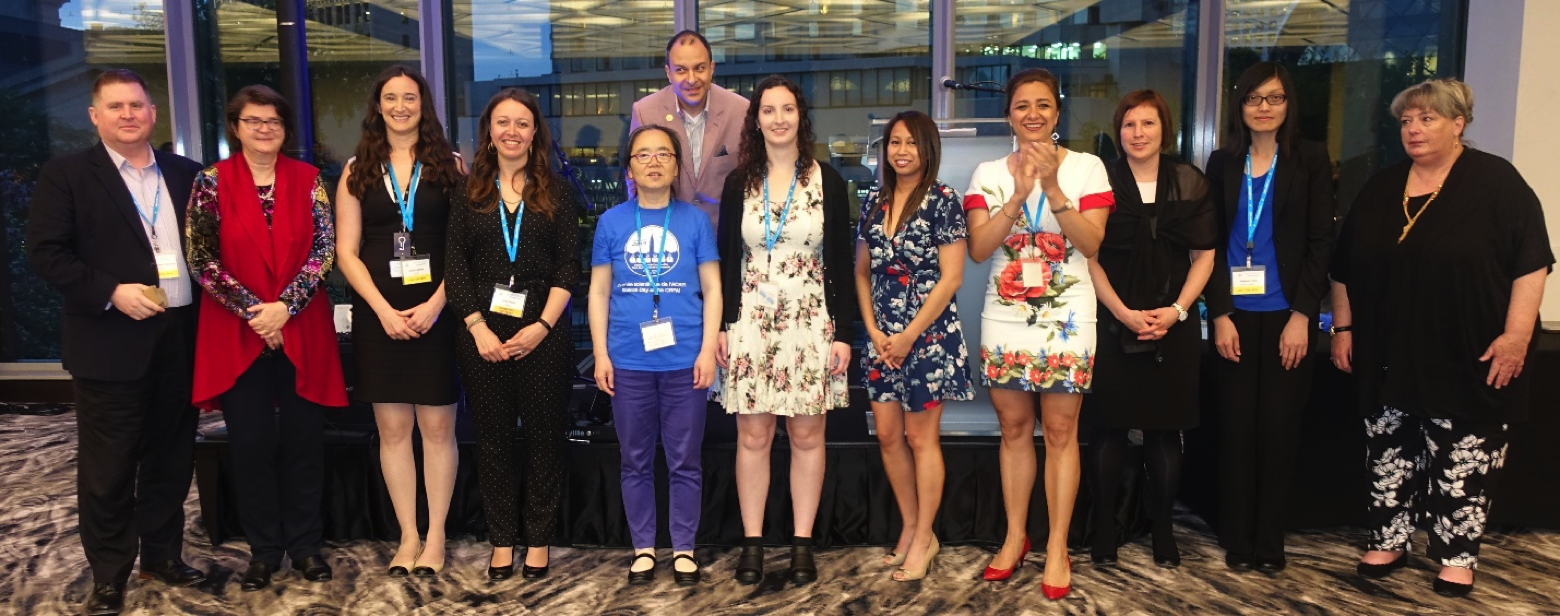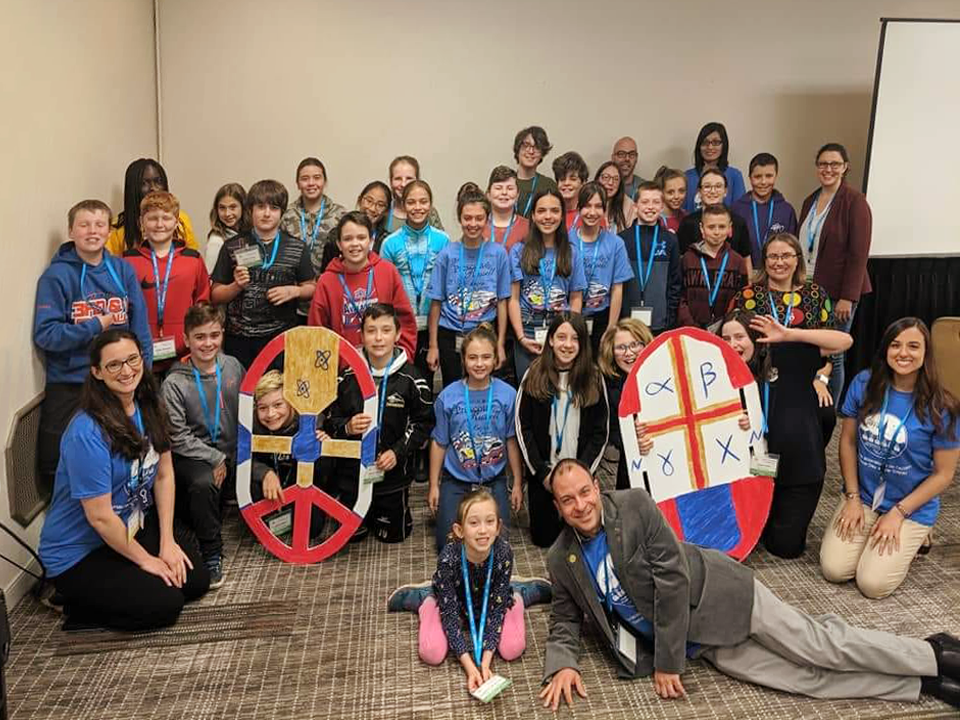5 Steps for Running a Successful Conference
Résumé
Réussir l’organisation d’un congrès en 5 étapes
Nous vous proposons ci-dessous les conseils du président du congrès 2019 de l’ACRP, qui avait lieu à Ottawa à la fin du mois de mai.
Étape 1 : Forger une vision
Derrière tout congrès se cache une vision. Cependant, pour faire de cette vision une réalité, il faut pouvoir répondre aux questions suivantes :
- Qui seront les conférenciers?
- Quels seront les objectifs du congrès?
- Qui dirigera le comité du congrès?
- Quel est le budget du congrès?
Étape 2 : Apporter de la nouveauté
Pensez à ajouter quelque chose d’inusité dans l’offre, comme par exemple, le programme de sensibilisation pour jeunes professionnels offert lors du dernier congrès à Ottawa.
Étape 3 : Attirer les exposants
La foire des exposants requiert un engagement important en temps et en ressources pour le comité organisateur du congrès
Étape 4 : Visiter les lieux et sites potentiels avant la réservation
Dans le but d’éviter tout problème pendant le congrès, imaginez comment les congressistes se déplaceront vers les lieux du congrès et à l’intérieur de ceux-ci.
Étape 5 : Recueillir les commentaires après le congrès
Enfin, après le congrès, sondez les congressistes pour obtenir leurs commentaires. Cela aidera les prochains comités à améliorer l’organisation des futurs congrès.
Following is some advice from one of the co-chairs of the 2019 CRPA conference that was held in Ottawa at the end of May.
Step 1: Construct a vision
Every conference begins with a vision. However, to turn that vision into a reality, you need to transform it into measurable numbers (see Figure 1). This will help you create a budget and make informed decisions.

Figure 1: The process for creating a conference plan
Following are some of the key decisions you need to make:
Who will be speaking? Choose the right speakers for the conference—people who can address the conference theme with engaging content and style.
What are the goals and objectives? Think about why people will be at the conference and what they will be there to learn, and plan activities that will help them achieve those goals during the conference. This will help you figure out who to approach as speakers and what kind of professional development you want to include.
Who will lead the conference committee? The conference chair will need to pick their dream team. Assigning a person to lead each task helps keep the atmosphere positive and the organizing committee engaged. I was truly blessed to have the dream local organizing team. Without their hard work and dedication, the 2019 Ottawa conference would not have been the same. A fresh perspective and innovative marketing strategies helped inspire their amazing work.

Front row (left to right): Christopher Clement (co-chair), Liz Krivonosov, Julie Leblanc, Julie Burtt, Jing Chen, Laura Close, Edna Sacay, Mojgan Soleimani, Nathalie Gadbois, Adelene Gaw, and Sue Singer; back row: Ali Shoushtarian (co-chair). Missing: Barry Hauck, Chunsheng Li, Roger Hugron, Din Lal, Alex Wolf, and Leah Shuparski-Miller.
How much money can we spend? First you need to map out where the money will be coming from and what it should be used for. The first part of the equation for a successful conference (see Figure 2) is the revenue; you should estimate this early in the planning process. In order to put a price on conference attendance, you need to have some idea of what you are planning to offer delegates. The itinerary, professional development sessions, tours, and speaker lineup will be the selling factors for potential registrants.

Figure 2: The equation for a successful conference
Step 2: Bring in something different
When planning a conference, consider offering something different. A good example at the recent conference in Ottawa was the student outreach program. It was a fresh idea this year, but hopefully this event will become a tradition at CRPA conferences.

Step 3: Attract exhibitors
The Exhibitor Fair requires a significant commitment of both time and resources from the organizing committee. I recommend having a dedicated person on the committee to organize this. Also, approach potential exhibitors as early as possible.
Step 4: Visit potential venues and sites
When you are considering potential venues and event sites, think about how delegates will navigate the conference, the general layout of each room, and the distribution of food and beverages. The best way to coordinate all of the details is to walk through the itinerary as delegates would. Picture how they will think and act at each point in the day so that you can avoid problems before they arise.
Step 5: Gather post-conference feedback
Finally, collect feedback after the conference by sending out a survey. This will help future committees improve conferences.
 Ali Shoushtarian
Ali Shoushtarian
Ali Shoushtarian is a Registered Radiation Safety Professional and a senior radiation safety specialist with the Ottawa Hospital. His portfolio includes clinical nuclear medicine and research laboratories.
En plus d’être le spécialiste de la radioprotection principal de l’Hôpital d’Ottawa, Ali Shoushtarian est aussi un professionnel de la radioprotection agréé. Parmi ses champs d’intérêt, on compte la médecine nucléaire en clinique ainsi que les laboratoires de recherche.


 Ali Shoushtarian
Ali Shoushtarian

